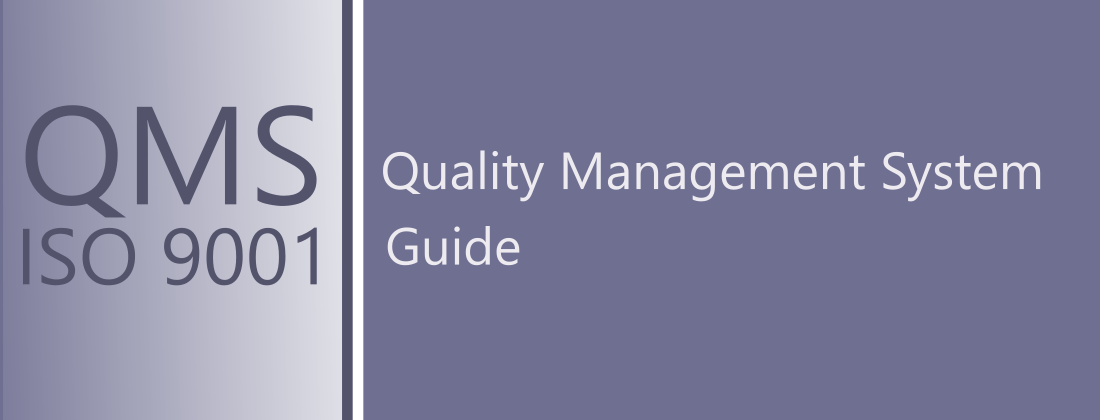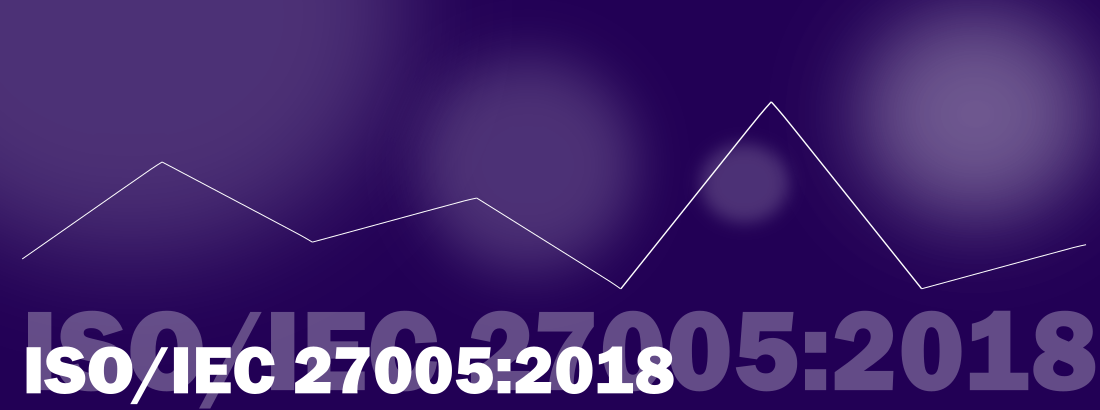In its annual reports, the International Standards Organization lists the number of companies that have obtained certificates of compliance of management systems with the most popular standards, including ISO 14001. The report presented in 2008 shows that in December 2007 the ISO 14001 certificate was held by 154,572 companies, most of which were was located in China (30,489 certificates). Data from Poland, included in the “National Ecological Policy for 2009-2012 with a Perspective to 2016”, published by the Ministry of the Environment in 2008, mention over 1,700 certified ISO 14001 systems.
It should be noted that in both cases, both on a global and national scale, the figures refer only to certified environmental management systems. There may be many more actually implemented, but not certified systems. Although the popularity of systems based on ISO 14001 is still lower than that of quality management systems (compliant with ISO 9001), the question arises, which prompts so many entrepreneurs to invest in the implementation, maintenance and potential certification of the environmental management system according to ISO 14001. The answer to this question is partly within the norm itself.
ISO 14001 is a set of principles and guidelines that should be followed by entrepreneurs who care about controlling and modeling the company’s impact on the broadly understood environment. Among many other provisions contained in the standard, the most important are those concerning the identification and monitoring of environmental aspects, with particular emphasis on significant aspects, and the identification of legal requirements, especially environmental law requirements, relating to an enterprise.
An organization that begins certification of the system for compliance with ISO 14001 should keep a register of all environmental aspects (including historical and potential aspects), and the aspects that have a particular impact on the environment should be constantly monitored.
The second important indication of the ISO 14001 standard is the identification of legal requirements which the company is obliged to comply with. Due to the constant adaptation of Polish law to EU regulations, environmental law is one of the most frequently modified and supplemented. In order to meet all applicable requirements, the entrepreneur is obliged to follow changes in law and take them into account in the activities of his company. The application of these requirements of the ISO 14001 standard is burdensome due to the time-consuming nature and the associated costs, however, thanks to them, the entrepreneur obtains quantitative and qualitative data on the use of raw materials (e.g. fuel, water) and utilities (e.g. electricity), emission levels of pollutants into the environment. gas, solid waste and sewage. He also knows which of the hitherto insignificant aspects will need to be paid more attention, or vice versa – which will become insignificant as a result of changes introduced in the production process or in the functioning of the company.
From having such knowledge, it is only a step to planning and implementing measures that reduce or maintain at least a constant level the negative impact of the organization on the environment.
Such operational control under ISO 14001 may bring specific financial benefits in the form of revenues from the recovery of secondary raw materials, waste management and recycling, savings related to the reduction of the consumption of raw materials, utilities and materials, and avoiding penalties for exceeding the levels of emissions of substances and gases to the environment and reducing fees. environmental.
Supervision over the company’s environmental impact is an important advantage when applying for preferential loans and sources of financing investments related to pro-environmental activities.
The economic benefit of implementing an environmental management system according to ISO 14001 may also be a reduction in insurance premiums thanks to an increase in the level of environmental safety.
When considering the benefits that an enterprise obtains by applying the ISO 14001 standard, one cannot forget about indirect benefits. Although their financial estimation is difficult, they are often a very important reason for implementing an environmental management system in a company.
Having a certificate of compliance with ISO 14001 significantly improves the image of the company in the eyes of customers and potential investors, showing the sensitivity and care of the company for environmental issues. Sometimes having a certified management system according to ISO 14001 is included in the supplier’s specification during the tender procedure. In many supply companies associated with foreign corporations, the implementation of the ISO 14001 standard is a condition for further cooperation.
The ISO 14001 standard, in addition to identifying environmental aspects and legal requirements, also includes provisions on staff training and informing interested parties about environmental activities and the organisation’s impact on the environment.
The benefits of using these indications include the fact that the personnel is aware, and therefore more involved in matters related to the functioning of the enterprise and its impact on the environment, and the improvement of contacts with local communities, environmental organizations, representatives of control services and authorities. The implementation of an environmental management system according to ISO 14001 can bring many benefits, both in the short and long term. The investment outlays on ISO 14001 can pay off if the system is skilfully implemented, properly maintained and constantly improved. The ever-increasing number of companies certified for compliance with ISO 14001 is the best proof of the suitability of the environmental management system and the profits that an entrepreneur can achieve thanks to its application.
* Materials from E. Lisowska-Mieszkowska were used. Environmental management systems – development and functioning in Poland. Protection of the Environment and Natural Resources No. 30, 2007






